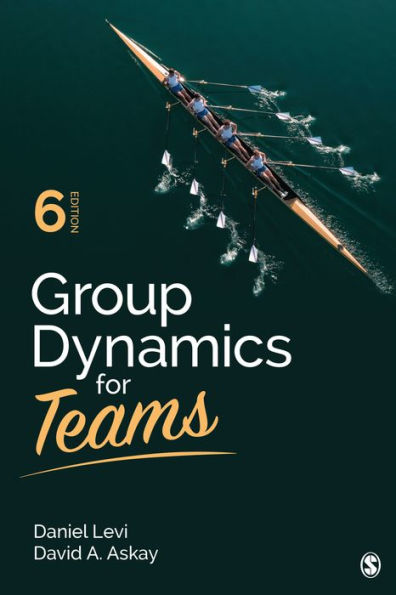5
1
9781544309699



Group Dynamics for Teams / Edition 6 available in Paperback, eBook

Group Dynamics for Teams / Edition 6
- ISBN-10:
- 1544309694
- ISBN-13:
- 9781544309699
- Pub. Date:
- 08/27/2020
- Publisher:
- SAGE Publications
- ISBN-10:
- 1544309694
- ISBN-13:
- 9781544309699
- Pub. Date:
- 08/27/2020
- Publisher:
- SAGE Publications

Group Dynamics for Teams / Edition 6
$151.0
Current price is , Original price is $151.0. You
151.0
In Stock

Product Details
| ISBN-13: | 9781544309699 |
|---|---|
| Publisher: | SAGE Publications |
| Publication date: | 08/27/2020 |
| Edition description: | Sixth Edition |
| Pages: | 472 |
| Sales rank: | 613,144 |
| Product dimensions: | 6.00(w) x 9.00(h) x (d) |
About the Author
From the B&N Reads Blog
